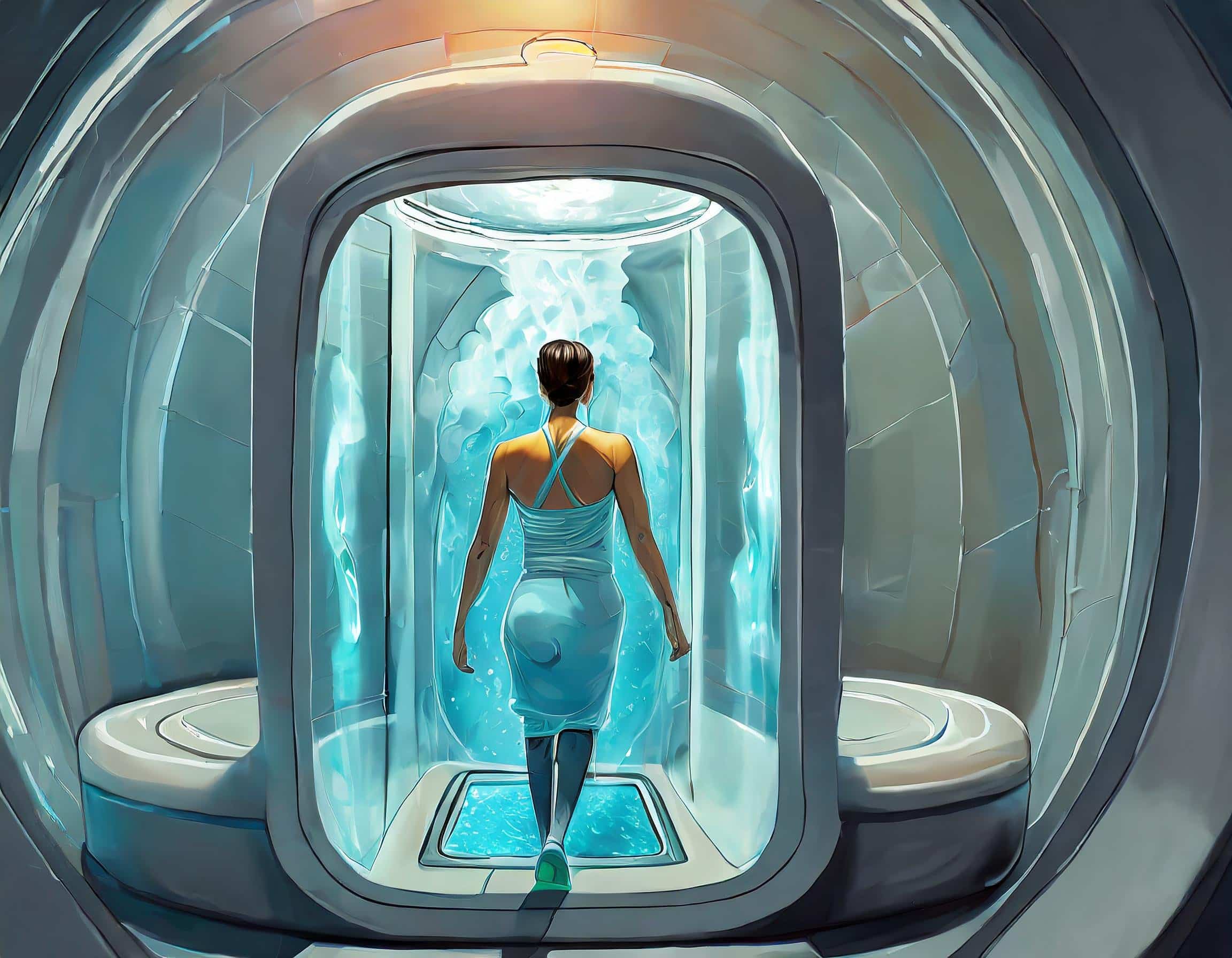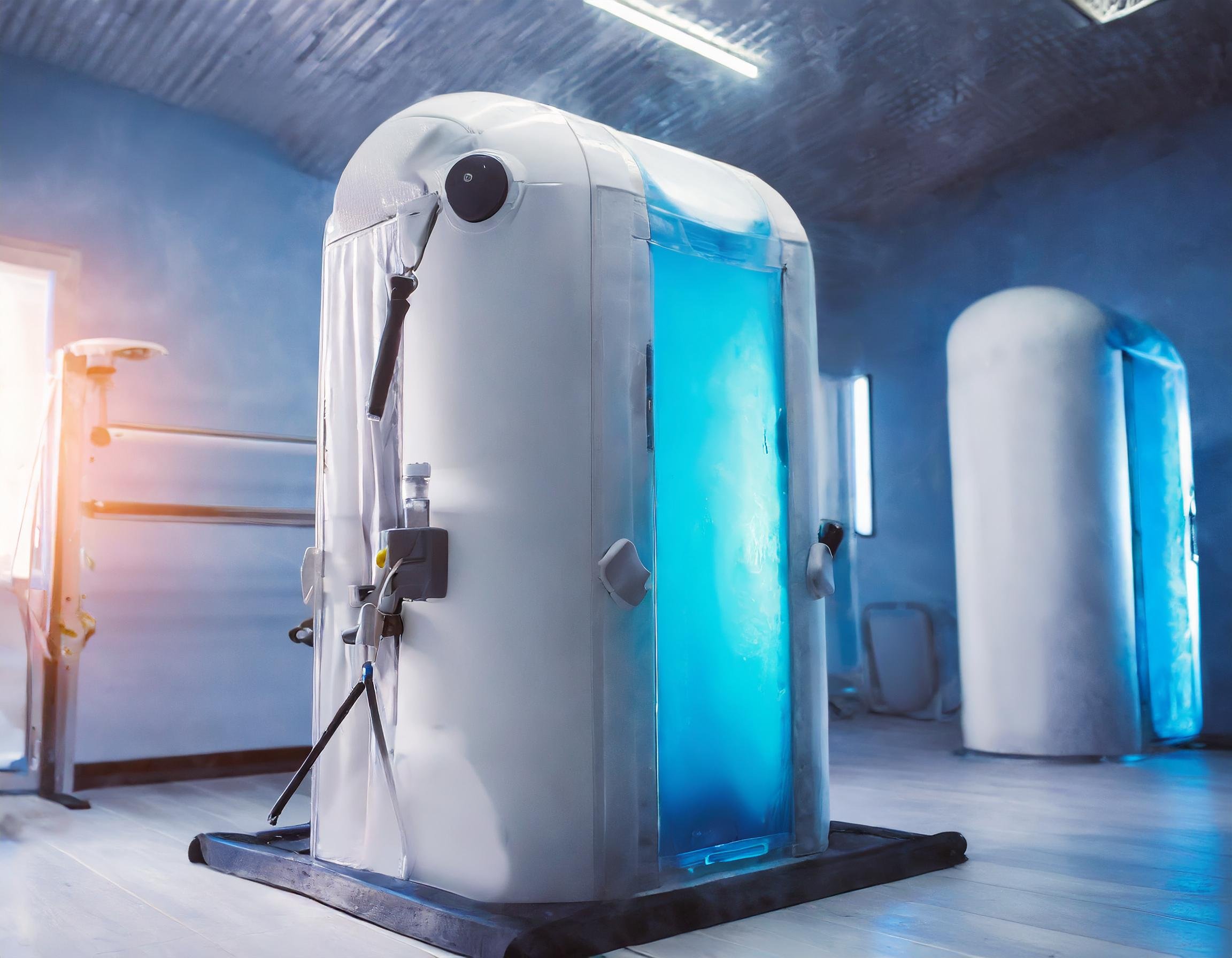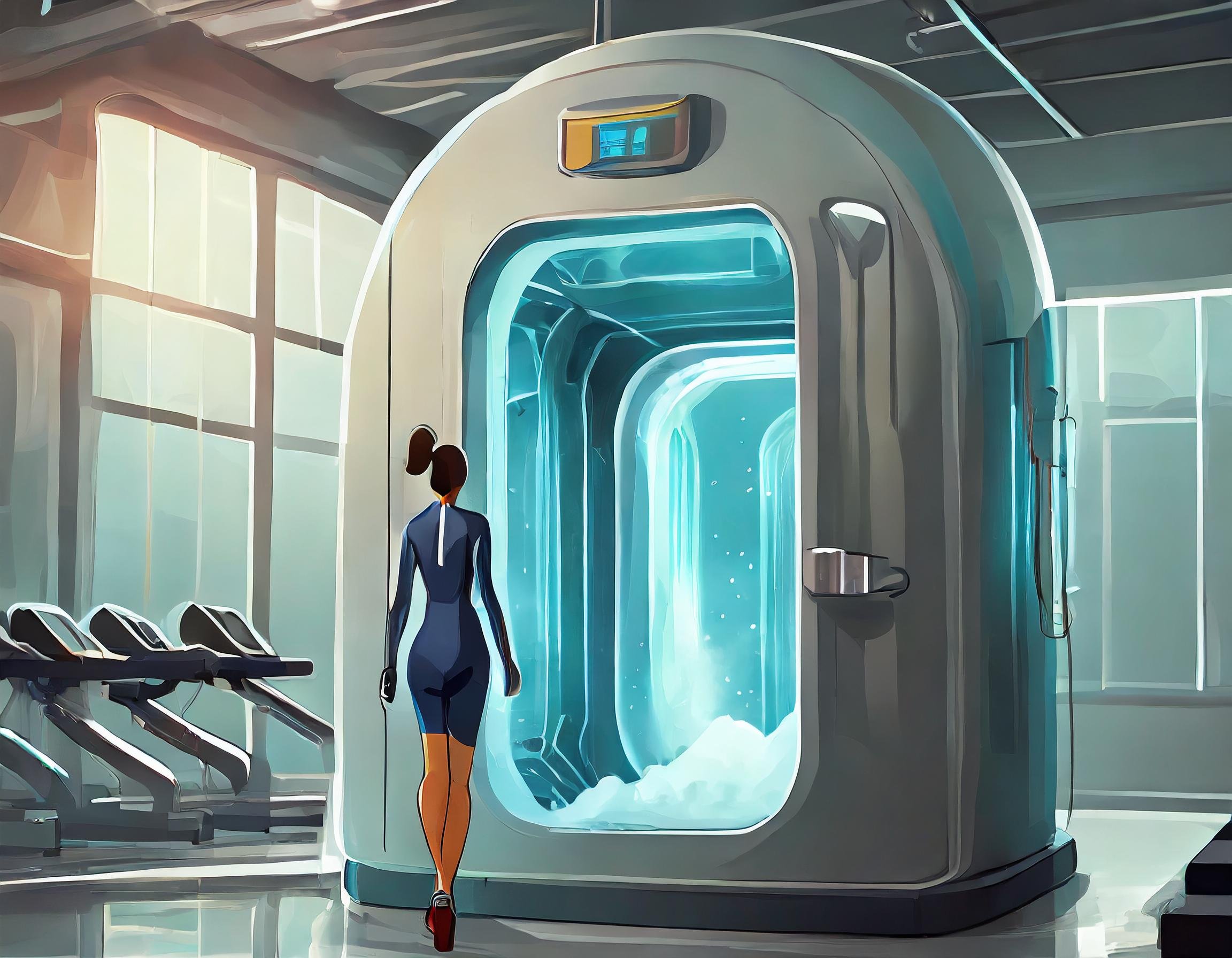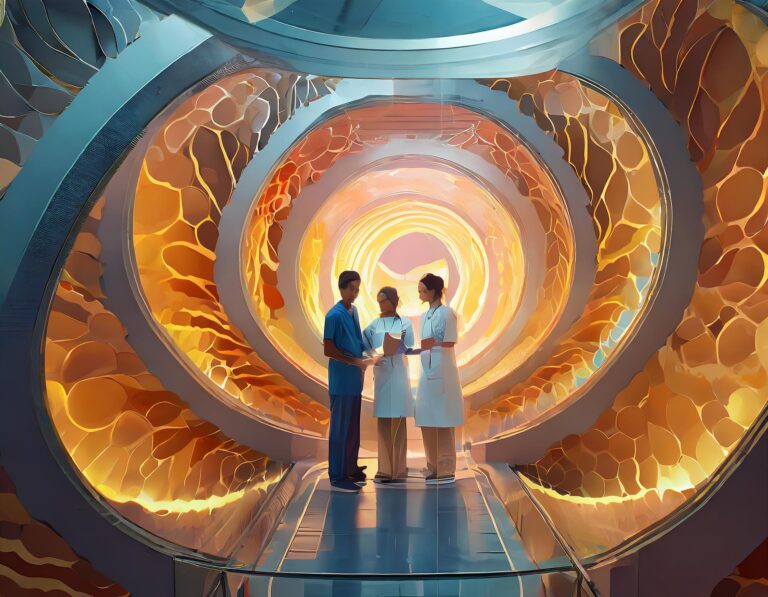Who should not use cryotherapy?

Cryotherapy is a wellness routine where your body is exposed to freezing temperatures for a short time, usually just for a few minutes. Cold therapy aids in muscle healing, reducing inflammation, and strengthening immunity (1). However, like any health practice, cryotherapy does have some potential drawbacks and side effects.
Some cryotherapy side effects can include skin irritation or burns, temporary numbness, and frostbite. Although these effects are rare, it’s important to understand they can happen. Cryotherapy has a huge potential to help you in many ways, but you should always remain careful. Certain people should even avoid cryotherapy altogether, depending on their health condition.
Keep reading and find out who should avoid cryotherapy and what cryotherapy side effects are possible.

What is Cryotherapy Used For?
The health benefits of the cold have been understood for thousands of years. Even the ancient Egyptians knew that cold therapy helps them with pain-relieving and muscle inflammation. Cryotherapy has now evolved into a popular wellness method. To understand the potential cryotherapy side effects, let’s discover what it is and what it involves.
Cryotherapy Procedure
Cryotherapy involves exposing your body to extremely cold temperatures and a dry environment, typically between -100°C to -180°C (-148°F to -292°F). A typical cryotherapy session will last for two to four minutes, especially for beginners. During your session, you step into a cryogenic chamber that surrounds your body while leaving your head exposed. This process, known as cryogenesis, triggers your body’s natural healing mechanisms through cold exposure.
Preparing for your procedure, you will be asked to wear minimal clothing, often just your underwear and protective gear, including gloves, socks, and sometimes a headband and mask to help protect your extremities and face from frostbite. Once inside the cryotherapy chamber, the temperature will drop rapidly.
As mentioned previously, the session will last for a few minutes, during which you may experience an intense cold sensation. Once your session is over, your body will begin to warm itself back up once you exit the chamber. Most people report a feeling of exhilaration and improved mood after the treatment, but there is a possibility of other reactions that you may want to avoid.
If you’re more of a visual type, and would like to know more about how cryotherapy works, have a look at this video:
Cryotherapy can help with:
- post-workout recovery,
- chronic pain and inflammation,
- skin conditions,
- sleep.
Read more about the health benefits of cryotherapy in our previous article:
Is Cryotherapy Safe?
When considering cryotherapy, it’s important to keep in mind your overall wellness, fitness level, and particular therapeutic needs. Anyone with serious health conditions or elderly people shouldn’t undergo cryotherapy due to increased health risks.
Prior to the initial session, you will go through a detailed health assessment to see if cryotherapy is safe for you. This assessment covers such things as:
- personal medical history,
- current health issues,
- other lifestyle factors (smoking, diet, etc).

Cryotherapy Side Effects
Cryotherapy is a wellness practice that can help many people, but you should always remain careful and know what the potential risks are. Of course, cryotherapy side effects can vary from person to person, and depend on your health status. Also, some side effects happen immediately and don’t last long, while others have more long-term impact (2).
Immediate Impacts to Cryotherapy
The immediate impact of cryotherapy is certainly a sense of extreme cold. This sense will naturally cause some physical discomfort, such as numbness or irritation. As the temperature drops, it’s very usual to experience temporary numbness. This will disappear as your body gets back to its usual temperature.
When you get in the cryo chamber, you’ll probably experience some skin changes as well. Some experience skin irritation, and in severe cases, you can experience some frostbite. To avoid these extreme impacts, it’s advised to add layers and cover your hands, feet, and other extremities so that risks are minimized. Frostbite should not be taken lightly.
Long-term Impacts of Cryotherapy
There are some potential long-term cryotherapy side effects, such as nerve damage. Those with pre-existing neurological conditions should proceed with caution.
It’s been shown that prolonged exposure to extremely cold temperatures can negatively impact your breathing and lung health as well. Those with pre-existing respiratory conditions may experience stronger symptoms, resulting in breathing difficulty during or after cryotherapy.
Always consult your healthcare provider before starting cryotherapy or any other health treatment!
Allergic or Unusual Cryotherapy Side Effects
Aside from the more common physical impacts to cryotherapy, there are also instances of more unusual or allergic reactions. For example, cold urticaria is a skin reaction to cold that results in red, itchy hives. People prone to cold-related allergies will most likely experience it.
If you really don’t like being in small closed spaces, the cryotherapy chamber could cause a claustrophobic episode. In this case, cryotherapy may leave you with a stronger sense of anxiety and discomfort and less positive health impacts. If you’re claustrophobic, make sure to avoid cryotherapy or talk to a mental health specialist.

At-Risk Groups for Cryotherapy
Not everyone is a suitable candidate for cryotherapy, even though its so popular. Some individuals are at higher risk of negative reactions, and could suffer serious harm if they undergo a cryotherapy session. Besided being claustrophobic or allergic to the cold, here are more at-risk groups who should avoid cryotherapy (3).
Vascular Conditions
Those with pre-existing vascular conditions fall into the high-risk category for cryotherapy treatment. Extreme cold can induce vasoconstriction, which narrows your blood vessels, which can then increase your blood pressure. Cryotherapy risks are higher for those suffering from high blood pressure or vascular conditions.
Skin-related Health Issues
Those with skin sensitivity, like eczema, psoriasis, or susceptive to hives will find that their condition worsens after cold therapy. Sensitive or injured skin may react negatively to the cold, leaving you with more issues than you came with.
If you have any doubts, consult your dermatologist prior to starting cryotherapy treatment.
Chronic Respiratory Issues
Those suffering from chronic respiratory conditions, like asthma or chronic obstructive pulmonary disease (COPD), should be careful regarding cryotherapy as well. Considering the quick drop in temperature during a cryotherapy session, your respiratory system could trigger bronchial constriction or other respiratory distress symptoms.
Given their previous experience and scientific knowledge, those with respiratory conditions should probably avoid cryotherapy altogether. Always ask for professional advice when considering cryotherapy as a health and wellness procedure.

Cryotherapy Side Effects – Conclusion
Even though cryotherapy is super popular in the wellness world right now, it’s important to remember the risks and side effects. Since cryotherapy involves severe cold exposure, it has limitations and potential complications as well.
Cryotherapy side effects can be more or less problematic, like having some skin irritation shortly afterwards, or even as dangerous as having breathing difficulties long-term. If you are considering cryotherapy for yourself, be sure to schedule a thorough health evaluation before deciding to start.
Make sure to talk to your healthcare provider and do a full health assessment before you start practicing cryotherapy. You may need to avoid it altogether if you suffer from vascular conditions, skin-related issues, or chronic respiratory problems.

Literature sources
- Lombardi G, Ziemann E, Banfi G. Whole-Body Cryotherapy in Athletes: From Therapy to Stimulation. An Updated Review of the Literature. Front Physiol. 2017 May 2;8:258. doi: 10.3389/fphys.2017.00258.
- Legrand FD, Dugué B, Costello J, Bleakley C, Miller E, Broatch JR, Polidori G, Lubkowska A, Louis J, Lombardi G, Bieuzen F, Capodaglio P. Evaluating safety risks of whole-body cryotherapy/cryostimulation (WBC): a scoping review from an international consortium. Eur J Med Res. 2023 Sep 28;28(1):387. doi: 10.1186/s40001-023-01385-z. Erratum in: Eur J Med Res. 2024 Mar 12;29(1):158. doi: 10.1186/s40001-024-01725-7.
- Wilke B, Weiner RD. Postoperative cryotherapy: risks versus benefits of continuous-flow cryotherapy units. Clin Podiatr Med Surg. 2003 Apr;20(2):307-22. doi: 10.1016/S0891-8422(03)00009-0.

